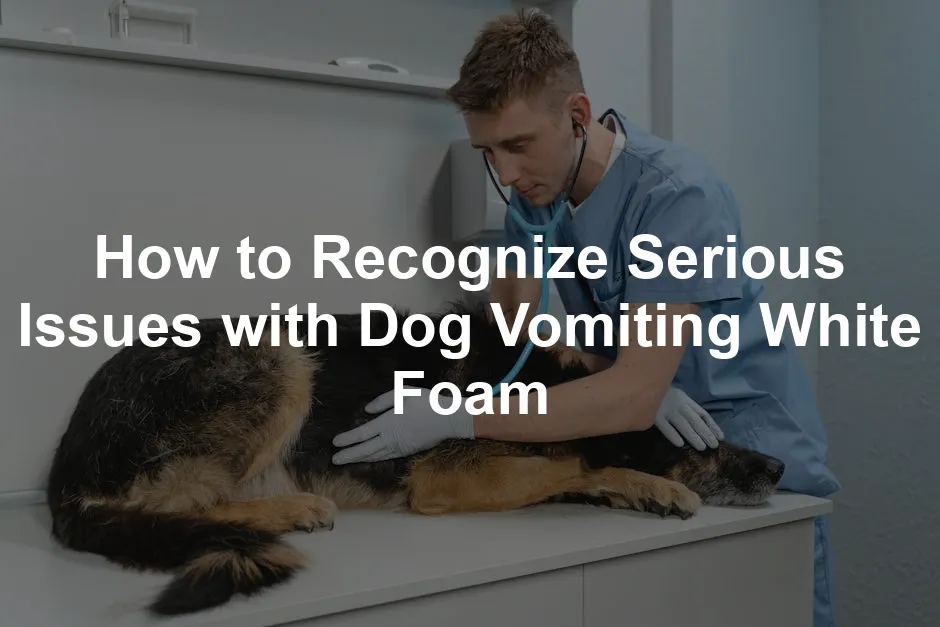Introduction
If your dog is vomiting white foam, it can be concerning. Many pet owners encounter this issue at some point. While it may seem alarming, understanding the causes and symptoms can guide you on when to seek veterinary care. Let’s explore what this means for your furry friend.
Summary and Overview
Vomiting white foam in dogs can stem from various causes. Some issues are minor, while others can be serious. Indigestion, for example, is quite common and usually not a cause for alarm. However, conditions like pancreatitis or gastrointestinal obstructions demand immediate attention. It’s crucial to monitor any accompanying symptoms, such as lethargy or loss of appetite. Knowing when to contact a veterinarian can make a significant difference in your dog’s health. This guide will help you identify serious issues and take appropriate action.
To keep your dog healthy and happy, consider integrating high-quality, easily digestible dog food into their diet. Proper nutrition is key to preventing many health issues, including digestive problems!
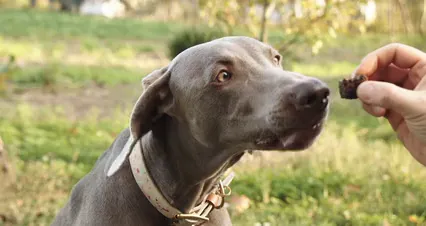
Common Causes of Dog Vomiting White Foam
Indigestion
Indigestion is a frequent cause of dogs vomiting white foam. It can happen when your dog eats something that doesn’t sit well in their stomach. This could be grass, trash, or a new type of food. Eating too quickly can also trigger this reaction.
If your dog has an upset stomach, they might vomit bile and foam when their stomach is empty. In addition to the vomiting, watch for signs of lethargy or loss of appetite. If these symptoms persist, it’s time to consult your veterinarian.
If your dog seems normal after a single episode and continues to play and eat, this usually isn’t a cause for concern. However, if the vomiting continues or is accompanied by other symptoms, prompt veterinary attention is essential. Keeping an eye on your dog’s eating habits and behavior will help you catch any issues early.
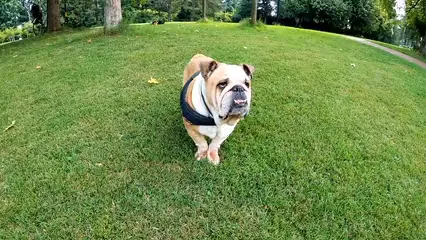
Acid Reflux (Bilious Vomiting Syndrome)
Acid reflux, also known as bilious vomiting syndrome, occurs when stomach acid irritates the esophagus. This condition often arises due to prolonged periods without eating. Dogs with acid reflux may vomit white foam, especially in the morning when their stomachs are empty. The foamy vomit results from the mixture of gastric juices and saliva.
To help manage acid reflux, consider making dietary adjustments. Feeding smaller, more frequent meals can prevent empty stomachs. Additionally, high-quality, easily digestible foods may reduce irritation. If your dog shows signs of discomfort or persistent vomiting, consult your veterinarian for further guidance.
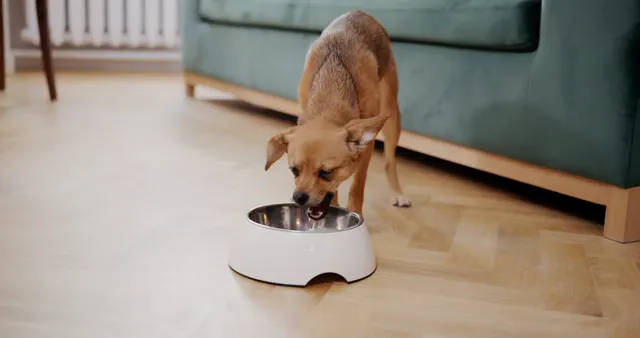
Pancreatitis
Pancreatitis is the inflammation of the pancreas and can cause significant health issues. Symptoms often include severe abdominal pain, persistent vomiting, and diarrhea. Dogs with pancreatitis may vomit white foam, particularly if their stomach is empty. This condition can be triggered by a high-fat diet or sudden dietary changes. For more detailed information, check out our guide on pancreatitis in dogs.
Understanding pancreatitis in dogs is crucial for pet owners. Learn more about its symptoms, causes, and treatment options.
If your dog demonstrates symptoms of pancreatitis, it’s crucial to seek emergency care. Rapid diagnosis and treatment can prevent complications. Your veterinarian may recommend a low-fat diet and possible medications to manage the condition. Early intervention can significantly improve outcomes for dogs suffering from pancreatitis.
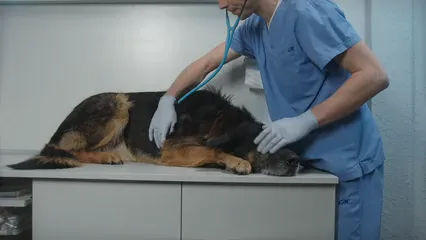
Gastrointestinal Obstruction
Gastrointestinal obstructions occur when foreign objects block the digestive tract. This can lead to vomiting white foam, especially if the stomach is unable to process food. Symptoms of obstruction may include a bloated abdomen, severe discomfort, and repeated vomiting.
This condition is serious and requires immediate veterinary attention. If you suspect your dog has ingested something non-food related, do not delay in seeking help. Veterinarians may use imaging techniques to identify blockages and may need to perform surgery to remove the obstruction. Timely care can save your dog’s life.
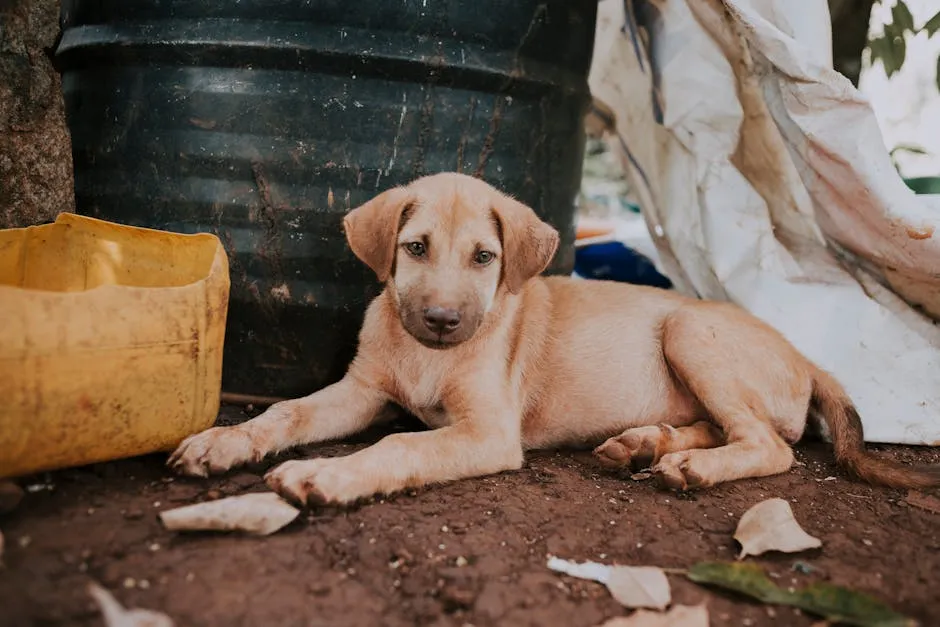
Toxin Exposure
Dogs can encounter various toxins that lead to vomiting white foam. Common culprits include certain plants like lilies and sago palms, as well as human foods such as chocolate, grapes, and onions. Each of these can cause significant distress and health issues.
Symptoms of toxicity may vary but often include lethargy, excessive drooling, and abdominal pain. If you suspect your dog has ingested something harmful, seek immediate veterinary care. Quick action can be crucial in preventing severe complications.
To help prevent exposure to these harmful substances, keep toxic plants out of your home and yard. Always store human foods and chemicals in secure, dog-proof locations. Educate yourself about common household items that can be dangerous for your pet. Regularly inspecting your living space can also reduce risks.

Bloat (Gastric Dilatation and Volvulus)
Bloat, or gastric dilatation and volvulus (GDV), is a severe condition that can be life-threatening. In this situation, a dog’s stomach fills with gas and can twist, cutting off blood flow. This can lead to shock and death if not addressed immediately.
Watch for signs of bloat, including retching without vomiting, a distended abdomen, and restlessness. Other symptoms may include excessive drooling or attempts to vomit without producing anything. If you notice these signs, take your dog to the veterinarian without delay.
Time is of the essence in these cases. GDV can progress rapidly, so seeking veterinary care as soon as possible is critical. It often requires emergency treatment, which may involve surgery to untwist the stomach and relieve pressure.
Other Health Issues
Several other health conditions may cause vomiting white foam in dogs. Kidney disease and liver disease are two serious issues that can lead to this symptom. Both conditions can significantly impact your dog’s overall health, making early detection essential.
Regular veterinary check-ups are vital for identifying these underlying issues before they become severe. Your veterinarian can perform routine blood tests to monitor organ function. Additionally, staying observant of any changes in your dog’s behavior, appetite, or energy level can help catch problems early.
Encourage a proactive approach to your dog’s health. Being aware of how your dog typically acts allows you to notice any significant changes. Early intervention can lead to better outcomes and a healthier, happier pet.
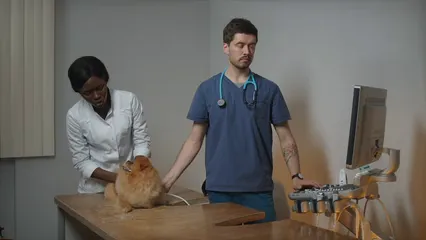
What to Do If Your Dog Is Vomiting White Foam
Initial Assessment
If your dog is vomiting white foam, first observe their behavior and symptoms closely. Take note of any additional signs like lethargy, loss of appetite, or diarrhea. This information will be vital when discussing the situation with your veterinarian.
In some cases, a single episode isn’t alarming. If your dog appears normal afterward, you may choose to wait and monitor them. However, if vomiting persists for more than a few hours or if you notice concerning symptoms, don’t hesitate to reach out to your vet. Prompt action can make all the difference in your dog’s health.

Home Care Tips
When your dog vomits white foam, start by withholding food for about 12 hours. This allows their stomach to settle. During this time, ensure they have access to fresh water to stay hydrated. After the fasting period, gradually reintroduce food with a bland diet, such as boiled chicken and rice.
Monitor their reaction to the new food. If vomiting resumes or if you see any signs of distress, contact your veterinarian. Keeping a close eye on their hydration levels is crucial, as dehydration can worsen their condition. For more tips on home care, refer to our article on Understanding canine dental health and home care tips.
Implementing effective home care practices can significantly enhance your dog’s health. Explore our home care tips for better canine health.
Also, consider having a dog first aid kit handy at home. You never know when a little mishap might happen, and being prepared can make a world of difference!
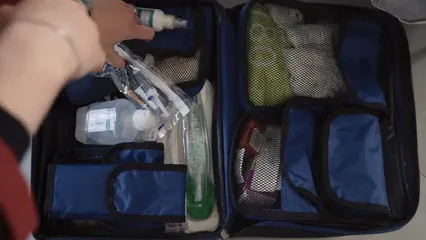
When to Seek Veterinary Care
Certain signs should prompt immediate veterinary attention. If your dog vomits repeatedly or shows signs of lethargy, a bloated abdomen, or blood in the vomit, don’t wait. These symptoms can indicate serious issues like pancreatitis or gastrointestinal obstruction.
If your dog cannot keep food or water down for more than 24 hours, or if they display signs of dehydration, such as dry gums or sunken eyes, it’s essential to seek help right away. Quick intervention can be lifesaving in these situations. Your veterinarian will provide the best course of action based on your dog’s specific needs.

Prevention Tips
Diet and Nutrition
One of the best ways to prevent vomiting white foam is to maintain a balanced diet for your dog. Ensure their food is high-quality and appropriate for their age and size. Transition to new foods gradually over a week to avoid digestive upset. Sudden changes can confuse your dog’s stomach, leading to vomiting.
Feeding smaller, more frequent meals can also help. This approach reduces the chances of an empty stomach, which often triggers vomiting. When dogs skip meals or go too long without eating, stomach acids can build up and cause irritation. So, regular feeding can contribute to a happier, healthier pup.

And while you’re at it, make sure to have a slow feeder dog bowl to prevent your dog from eating too quickly. It’s a simple yet effective way to avoid indigestion and keep them healthy!
Regular Veterinary Visits
Routine veterinary visits are essential for your dog’s overall health. Regular check-ups allow your vet to monitor your dog’s condition and catch potential issues early. These visits are vital for vaccinations, which protect against various diseases that could lead to vomiting.
Additionally, regular checks help with parasite control. Fleas, ticks, and worms can cause significant health problems if left untreated. Your vet can recommend preventive medications to keep your dog healthy. Staying proactive about your dog’s health ensures they remain vibrant and active for years to come.
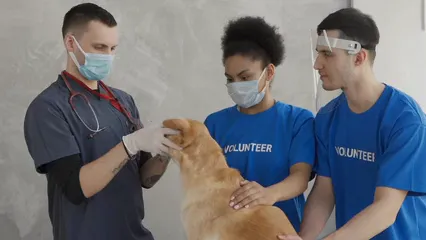
Environmental Safety
Creating a safe environment for your dog is crucial. Keep harmful substances, like cleaning products and certain plants, out of reach. Many common household items can be toxic to dogs. Educating yourself about these hazards can prevent accidental ingestion.
When outside, supervise your dog closely. They may attempt to chew on non-food items, which can lead to blockages or gastrointestinal issues. Keeping a watchful eye can prevent many health problems and ensure your dog enjoys safe outdoor adventures.

FAQs
Is it normal for my dog to vomit white foam occasionally?
Occasional vomiting can be normal, but monitor for additional symptoms.
What should I do if my dog vomits white foam more than once?
Consult your veterinarian if vomiting persists or other symptoms appear.
Can I give my dog anything to stop vomiting?
Always consult your vet before giving any medications or home remedies.
What are signs that indicate my dog needs immediate veterinary care?
Look for lethargy, blood in vomit, inability to keep food or water down, or a bloated abdomen.
How can I prevent my dog from vomiting white foam in the future?
Maintain a consistent diet, monitor what your dog eats, and schedule regular vet check-ups.
And to keep your dog entertained during those long afternoons, consider grabbing some fun dog toys! They’ll keep your pup happy and engaged, which is a win-win!
Please let us know what you think about our content by leaving a comment down below!
Thank you for reading till here 🙂
All images from Pexels

